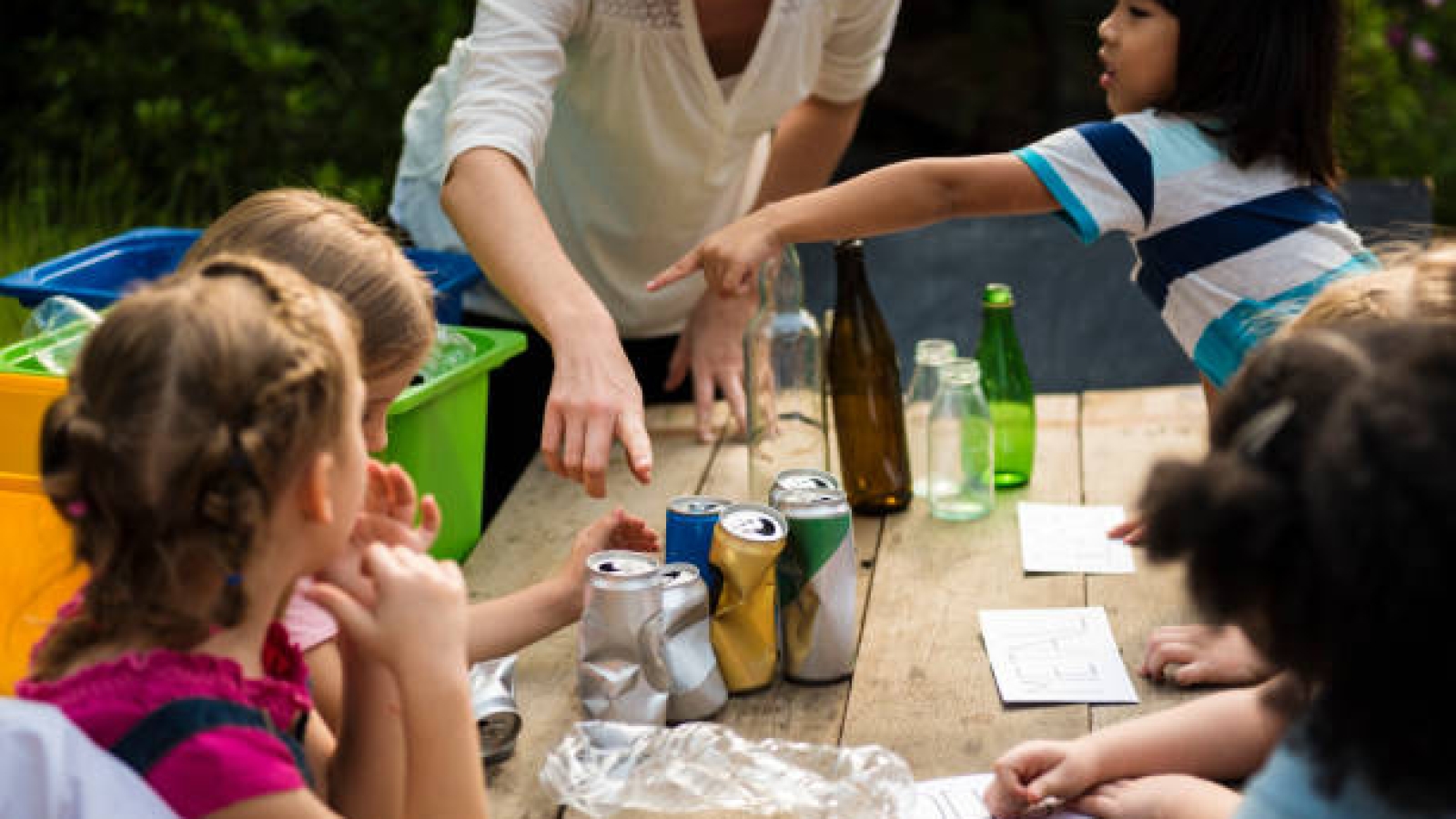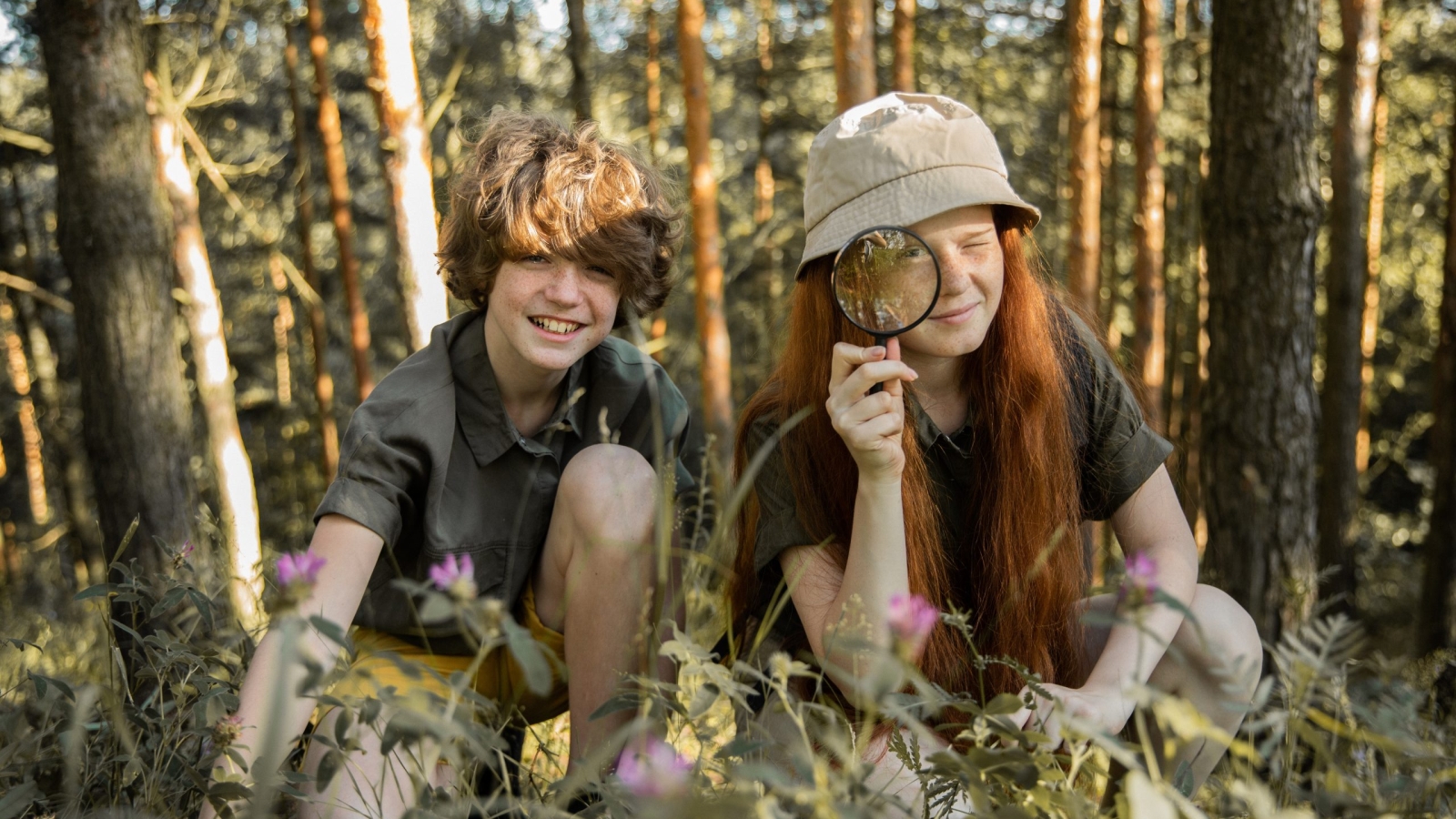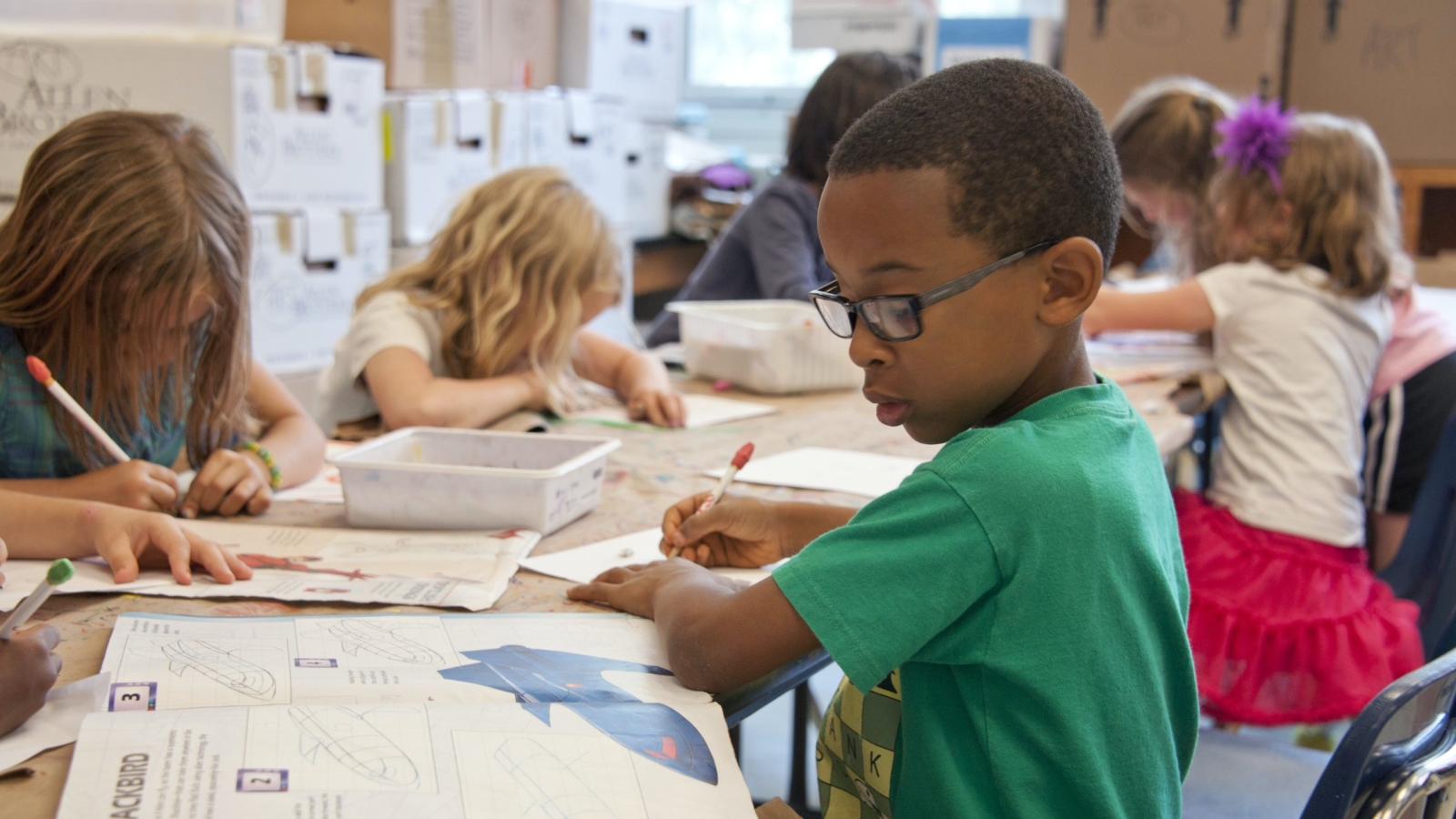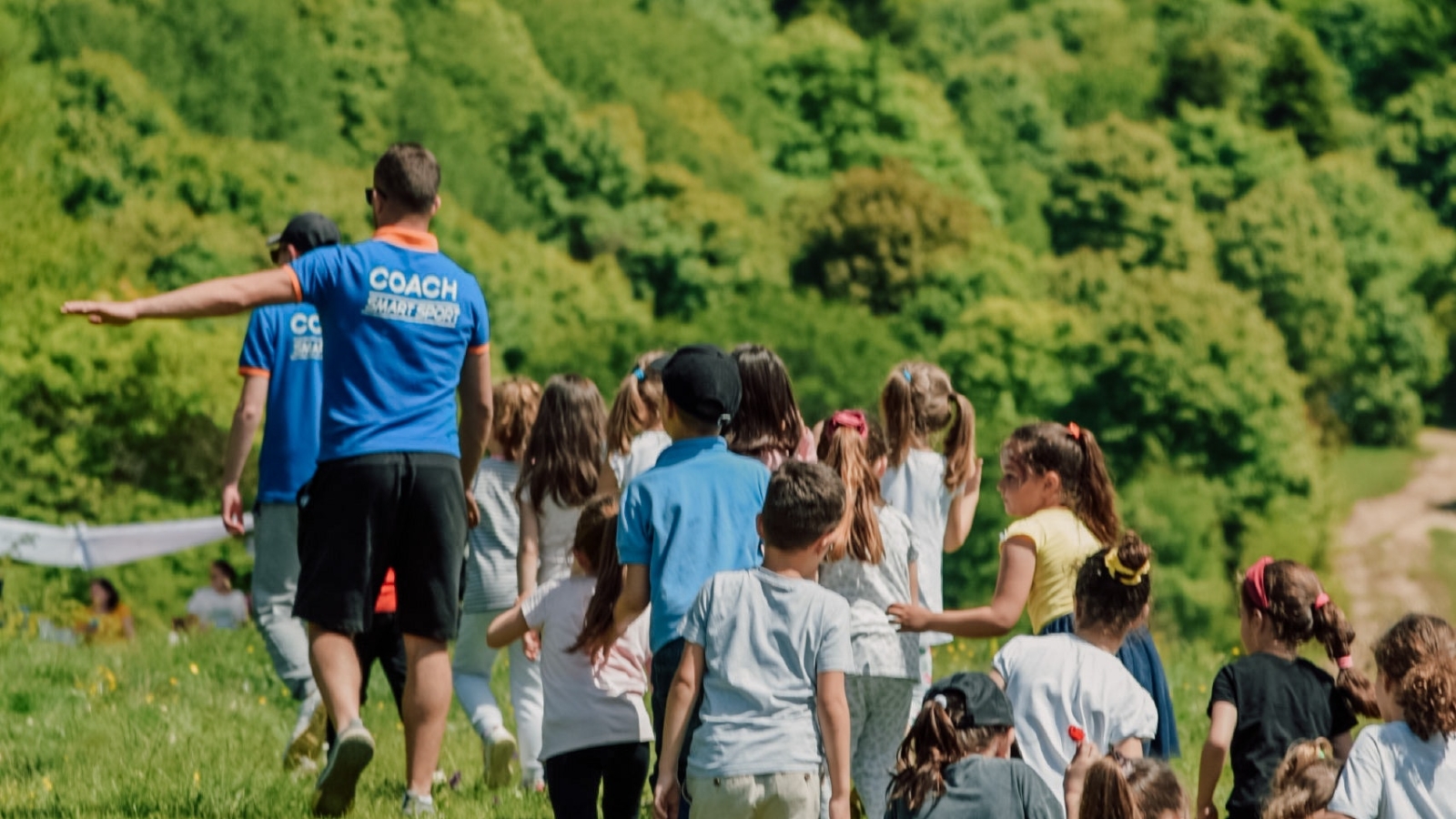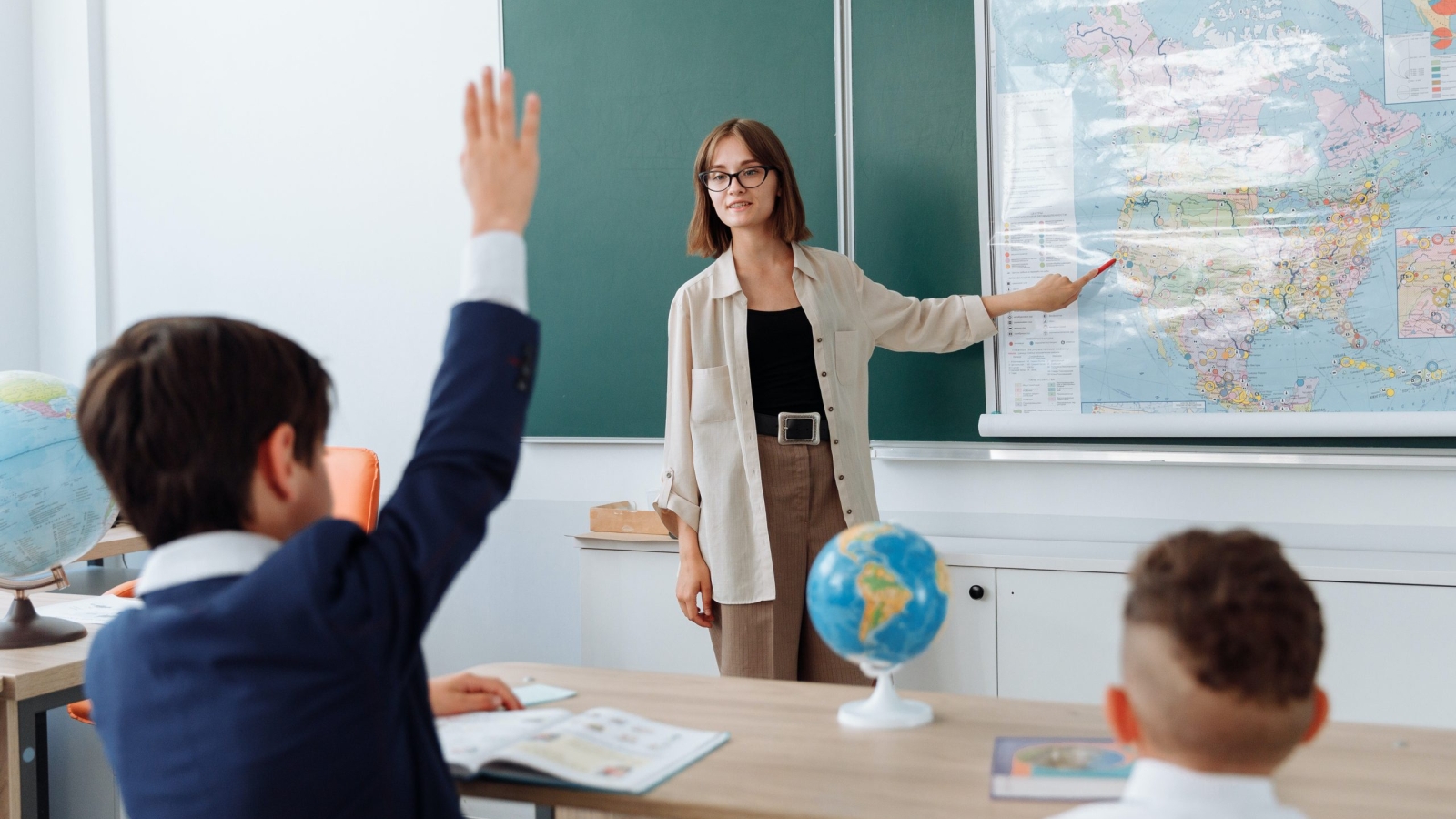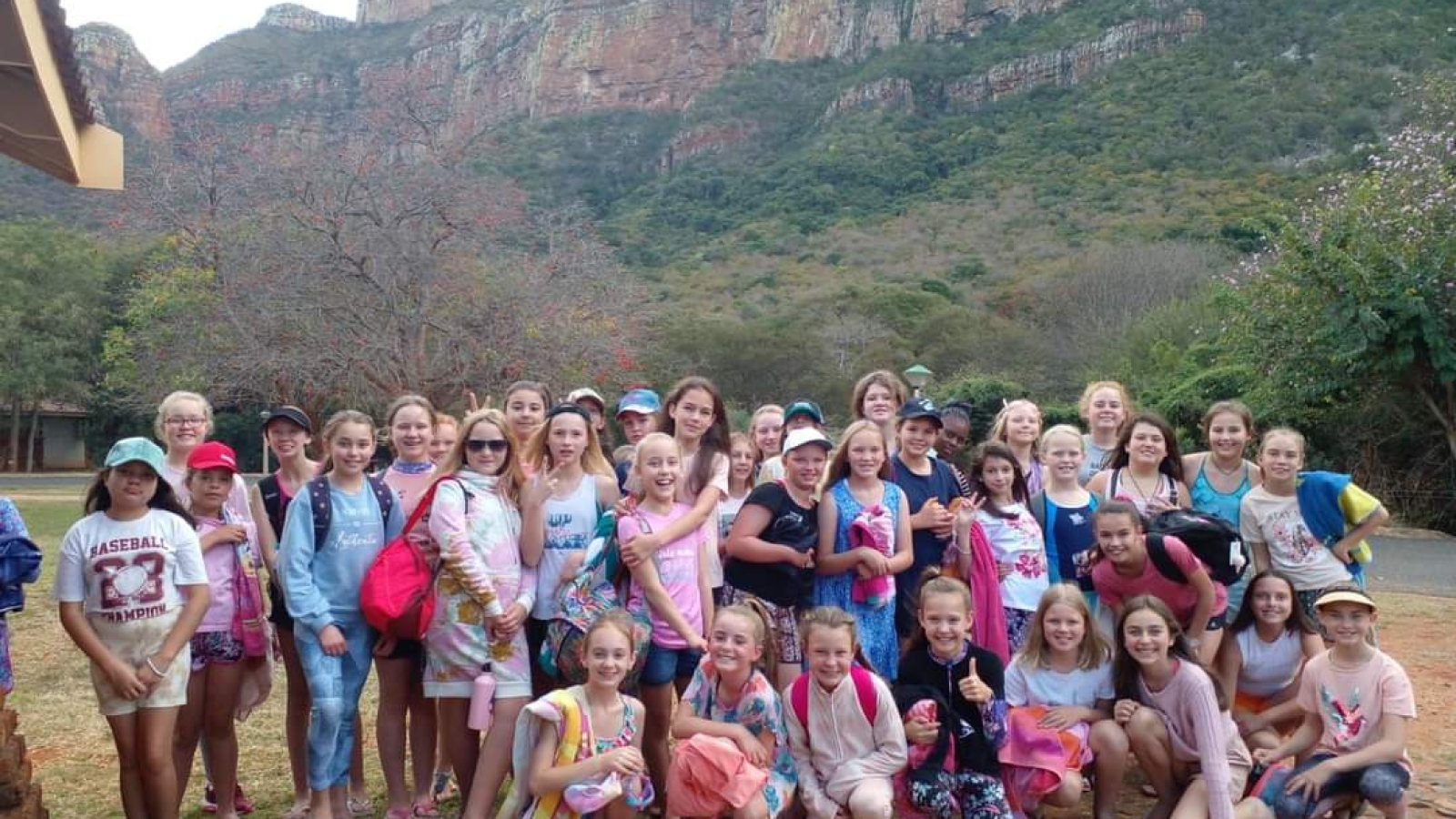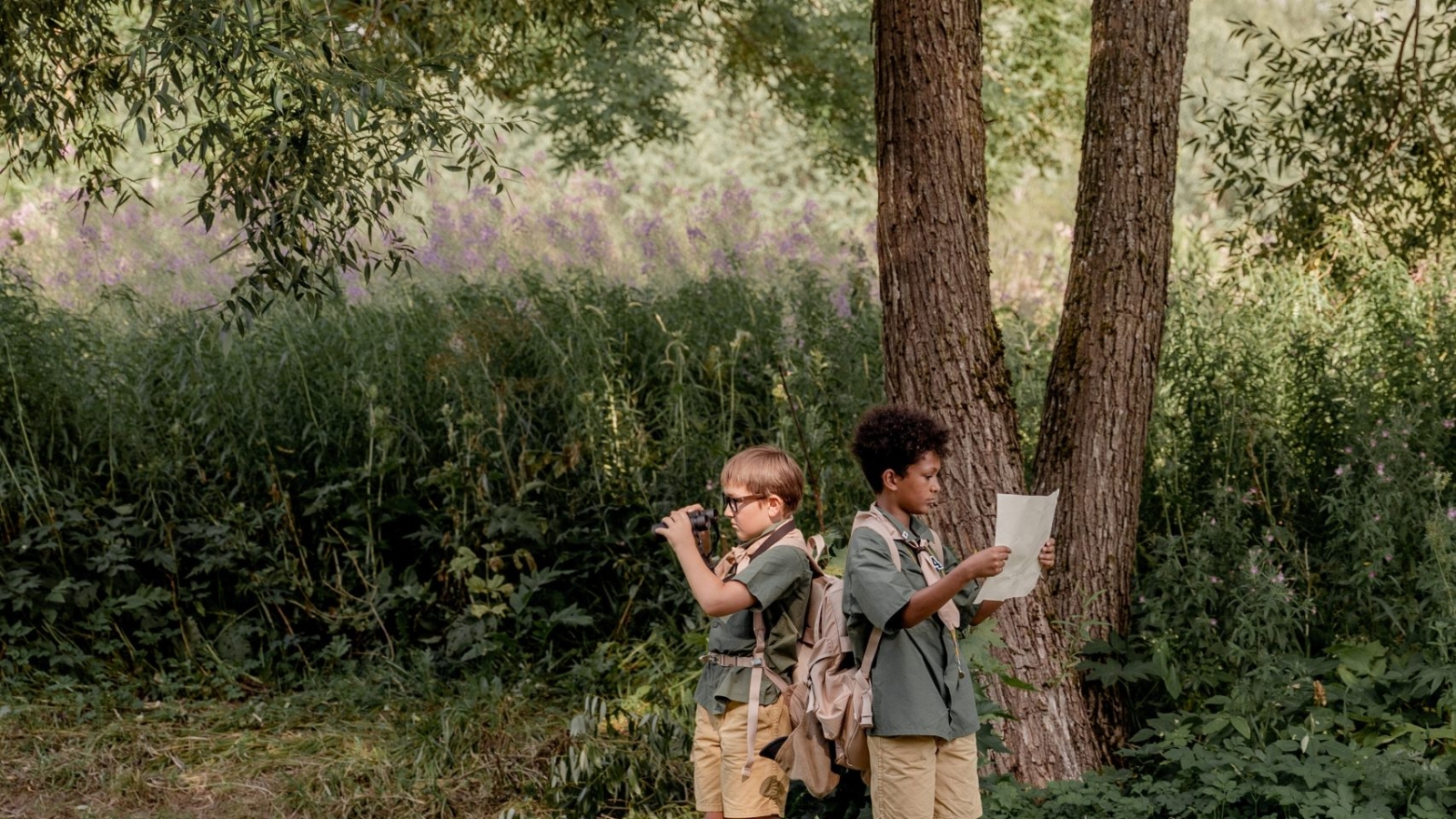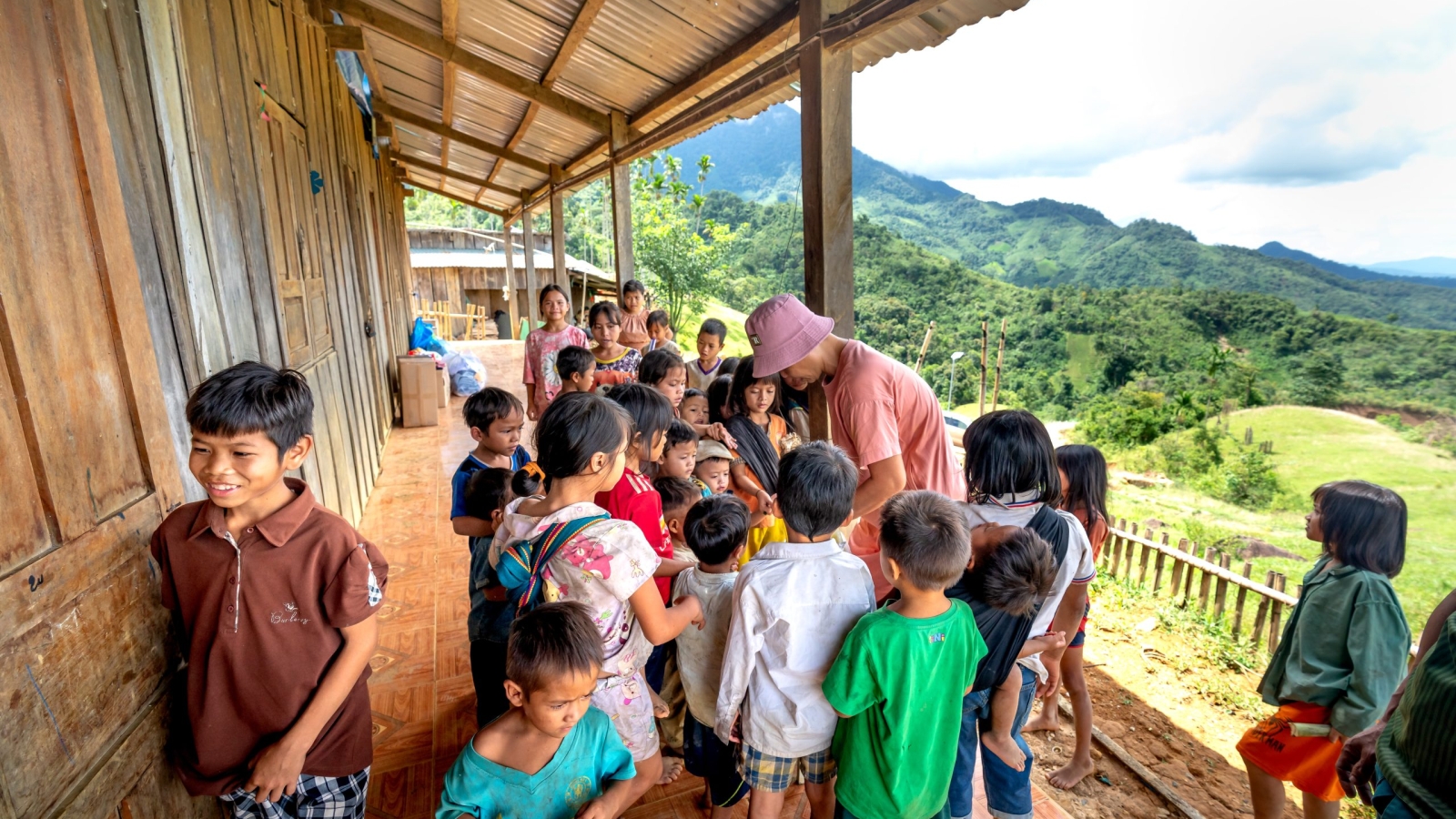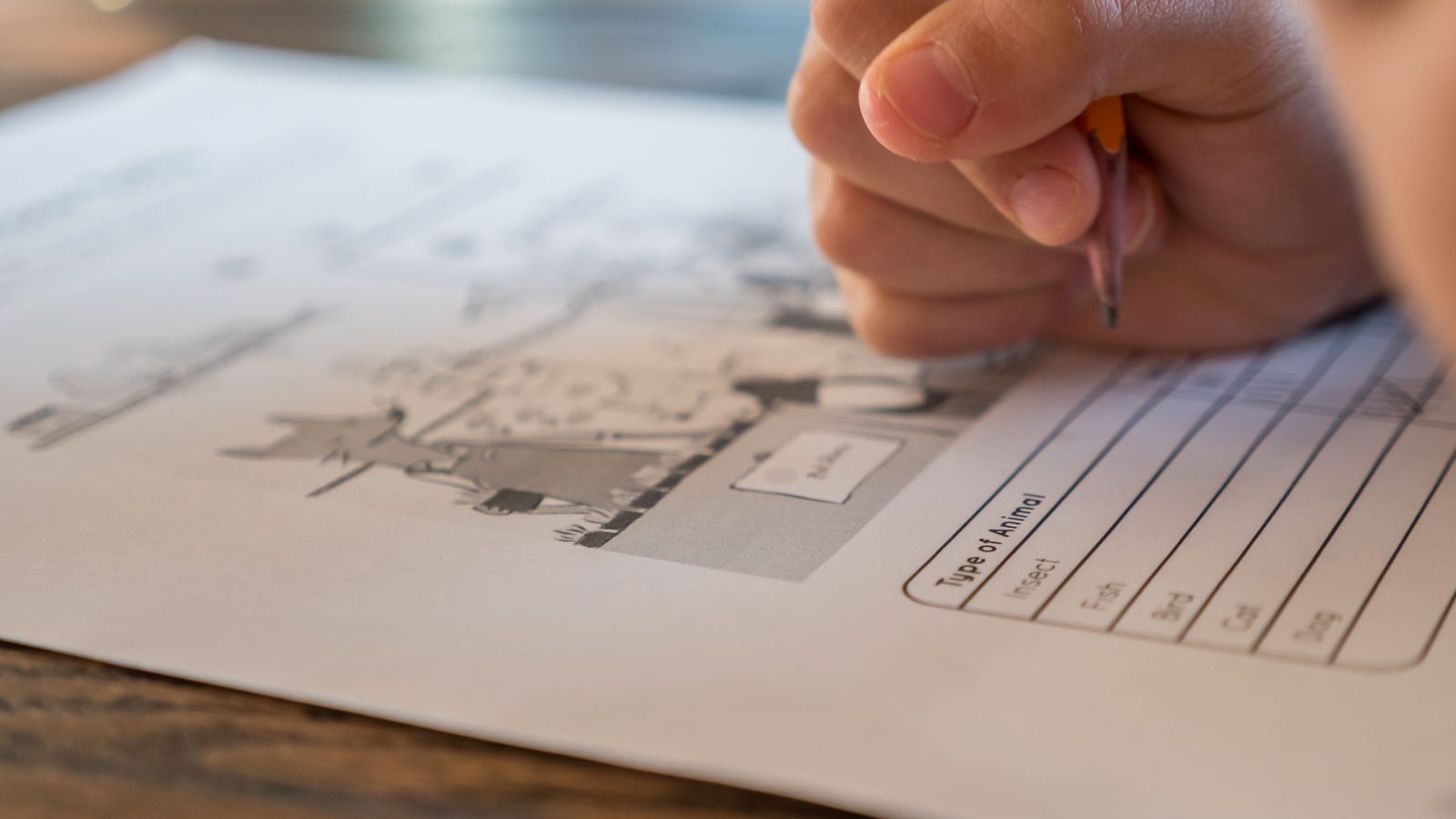Recycling Rookies: Sparking Green Fire in Young Hearts!
Journeys of Joy: The Magic of School Tours for Kids
Title: Journeys of Joy: The Magic of School Tours for Kids Excerpt: Embark on a whimsical adventure as we unravel the enchanting world of school tours! A kaleidoscope of laughter, learning, and limitless wonder awaits as children step into a realm where joy knows no bounds. From the captivating stories woven by history’s embrace to the mesmerizing dance of science and discovery, every moment spent on these captivating expeditions sparks the flames of curiosity and imagination. Let the magic unfold as treasured memories are etched into the hearts of our little explorers, for these remarkable journeys are the gateway to a world where dreams become reality.
Mother Nature’s Little Helpers: 10 Eco-Tips for Raising Earth-Loving Kids!
Sprouting Seeds of Green: 10 Earth-Loving Tips to Cultivate Eco-Warrior Kids!
Unplug & Reconnect: Reviving School Tours Post-COVID!
Unleash curious minds, embrace adventure, reignite exploration – school tours are back, better than ever!
Eco-Classroom: 8 Fun Ways to Teach Kids About the Environment!
Looking for innovative ways to teach your kids about environmentalism? Look no further than the eco-classroom! Here are eight fun and engaging activities to get your little ones excited about going green.
Exploring Beyond the Classroom: How School Tours Boost Confidence!
Step out of the classroom and into the world! School tours boost confidence and expand horizons – let’s explore!
Nature Nurtures: Primary Schoolers Thrive Outdoors!
As children, we all loved exploring the great outdoors. However, with technology and modern-day living, many kids miss out on the benefits of nature. But it seems that primary schoolers who spend time amongst nature thrive in many ways! Research has shown that outdoor learning not only improves academic performance but also enhances physical health, mental well-being, and overall happiness. So let’s encourage our little ones to get outside and enjoy the wonders of nature!
Field Trip Fun: 10 Activities to Make Learning a Blast!
Field trips aren’t just for fun – they can be educational too! Here are 10 activities to make learning a blast on your next excursion.
Study Smarter, Not Harder: Ace Your Exams with These Tips!
Attention students! It’s time to ditch the all-nighters and study smarter, not harder. With these tips, acing your exams will be a breeze.
Eco-Success: Gauging the Impact of School Green Programs!
Eco-Success: Gauging the Impact of School Green Programs! Green programs in schools are taking the world by storm, and with good reason. These programs, which aim to promote environmental sustainability, have been shown to have a positive impact on both the environment and the students who participate in them. In this article, we’ll take a closer look at some of the ways that schools are measuring their eco-success, and how these programs are making a difference in the world. So, grab your reusable water bottles and let’s get started!

